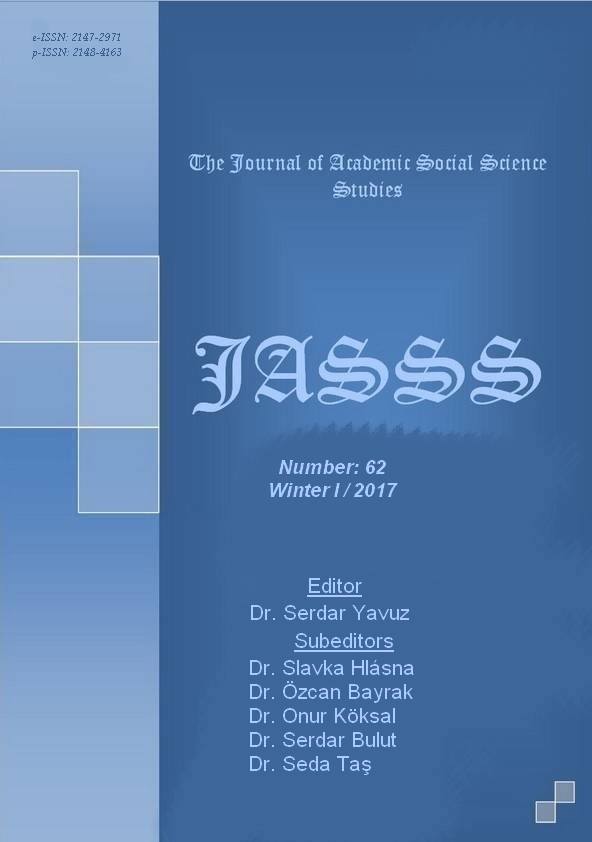Author :
Abstract
Diwanu Lugati’t-Turk [The Compendium of the Turkic Dialects], complied by Mahmud Kashgari between 1072 and 1077, is the oldest known and most famous dictionary of Turkic. Mahmud Kashgari gives us much valuable information such as the geography of the Turkic tribes, court customs and popular beliefs, social life, ethnic structuring, tribal organisation, language, dialectal usages, cultural status, history etc. throughout the 11th century. The work of Kashgari is a unique source for Turkology with all these aspects. In his work, Kashgari states that, “I have travelled throughout their cities and steppes, and have learned their dialects and their rhymes; those of the Turks, the Turkmen-Oghuz, the Chigil, the Yagma, and the Qirqiz. Also, I am one of the most elegant among them in language, and the most eloquent in speech; one of the best educated, the most deep-rooted in lineage, and the most penetrating in throwing the lance. Thus have I acquired perfectly the dialect of each one of their groups; and I have set it down in an encompassing book, in a well-ordered system.”. According to the information which Kashgari stated about Turkic homelands, his work can be characterized as a book of travel. Kashgari classifies the 11th century the Turkic communities based on socio-linguistic criteria as follows: Monolingual Turkic communities, bilingual Turkic communities, The Foreign communities that live with Turks, Turkic communities outside of the ambit of the common Turkic lands. In this article is studied how Kashgari draws the borders of the 11th century Turkic world.
Keywords
Abstract
Diwanu Lugati’t-Turk [The Compendium of the Turkic Dialects], complied by Mahmud Kashgari between 1072 and 1077, is the oldest known and most famous dictionary of Turkic. Mahmud Kashgari gives us much valuable information such as the geography of the Turkic tribes, court customs and popular beliefs, social life, ethnic structuring, tribal organisation, language, dialectal usages, cultural status, history etc. throughout the 11th century. The work of Kashgari is a unique source for Turkology with all these aspects. In his work, Kashgari states that, “I have travelled throughout their cities and steppes, and have learned their dialects and their rhymes; those of the Turks, the Turkmen-Oghuz, the Chigil, the Yagma, and the Qirqiz”. According to the information which Kashgari stated about Turkic homelands, his work can be characterized as a book of travel. In this article, Kashgari is studied as a traveller and how he draws the borders of the 11th century Turkic world.





